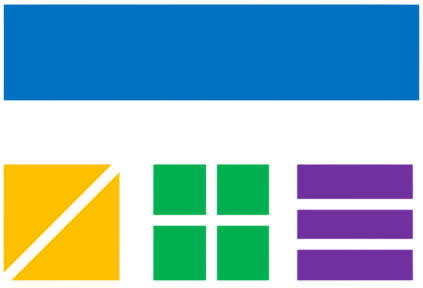Loading...
Scientific Notation Calculator Information
What is Scientific Notation?
Scientific notation is a way to express very large or very small numbers using powers of ten. It is written as:
a × 10ⁿ
- a = a number between 1 and 10
- n = an integer (positive or negative)
- a = a number between 1 and 10
- n = an integer (positive or negative)
Examples
123,000 = 1.23 × 10⁵
0.00045 = 4.5 × 10⁻⁴
0.00045 = 4.5 × 10⁻⁴
Why Use Scientific Notation?
- Science & Engineering: Work with very large or small measurements.
- Math: Simplify calculations and comparisons.
- Data Entry: Avoid errors with long strings of zeros.
- Everyday Life: Express distances, weights, or quantities clearly.
Tips for Accurate Conversion
- Move the Decimal: Count places to move the decimal to get a number between 1 and 10.
- Positive Exponent: For large numbers, exponent is positive.
- Negative Exponent: For small numbers, exponent is negative.
- Check Your Work: Multiply back to verify the original number.
Frequently Asked Questions (FAQ)
Q: What is the main benefit of scientific notation?
A: It makes very large or small numbers easier to read, write, and calculate with.
Q: Can I use scientific notation in calculators?
A: Yes, most scientific calculators and spreadsheets support it (e.g., 1.23e5).
Q: What if my number is already between 1 and 10?
A: The exponent is zero (e.g., 7 = 7 × 10⁰).
Q: Can I convert from scientific notation to standard form?
A: Yes, multiply the coefficient by 10 raised to the exponent.
Q: What is engineering notation?
A: Similar to scientific notation, but exponents are multiples of 3 for easier metric conversions.
